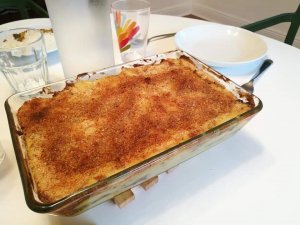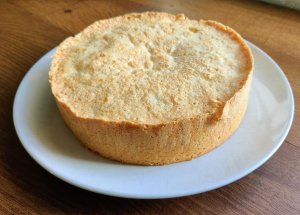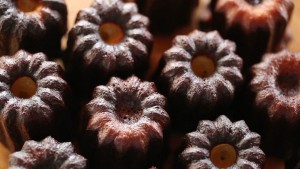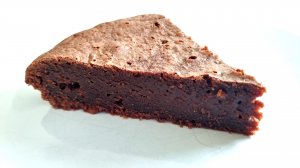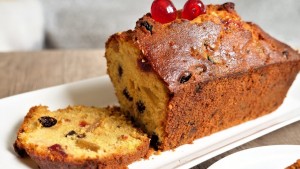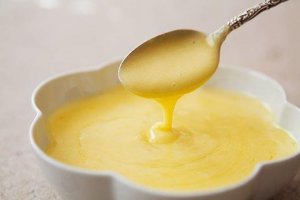Create
Add a RecipeType of food (country)
🇱🇦 Laos 🇻🇳 Vietnam 🇫🇷 FranceType of food
🔥 Grilled 🐟 Fish 🥣 Soup 🥗 Cold Salad 🧁 CakeHome › Recipes › Japan › Baked
Fluffy Jiggly Japanese Cheesecake
(1 vote) • by Chris
4 people · Difficult · 130 min · ₭ Average
This traditional Japanese cheesecake recipe has become very trendy on cooking vlogs. It took us several attempts to understand how to master this recipe. In reality it is not that complicated to make but you need to know the tips and tricks to sucessfully make a Japanese cheesecake. And you will, as we are telling you all the secrets of the Japanese cheesecake below.
Ingredients
- 150 g of cream cheese
- 50 g of semi skimmed milk, 2% fat
- 25 g of unsalted butter
- 40 g of all purpose flour
- 3 egg yolks, large eggs
- 4 egg white, large eggs
- 1 teaspoon of white vinegar
- 50 g of sugar
Preparation
1. Preheat your oven to 200°C (390F) and put the oven rack in it.
2. Start boiling water, to use later for cooking in a bain-marie.
3. Melt over very low heat: the cream cheese, milk and butter. When the cheese begins to melt, mix gently with a whisk to obtain a smooth, lump-free liquid.
4. Transfer the mixture to a bowl, add the flour, sprinkling it through a sieve to avoid lumps. Mix gently to obtain a smooth paste. Then add the egg yolks and mix well.
5. Transfer the mixture back to another bowl through a new sieve to remove lumps (you will notice that lump removal is a recurring thing in this recipe).
6. In a deep bowl, beat the egg whites until stiff: start at low speed to obtain a foam, then add a teaspoon of white vinegar. Then beat at higher speed, adding the sugar in 3 times, so as not to break the egg whites. You need to get peaks that hold well, without getting whites as firm as in the meringue recipe.
7. Add a third of the egg whites to the other part of the cake mixture, mix very gently with a spatula, turning slowly, so as not to break the egg whites and lose the airiness of the mixture. Once well mixed, pour all of this preparation into the rest of the whites and mix again very gently to obtain a homogeneous and airy preparation. If there are a few bits of white visible, don't try it too hard to remove them you might ruin the mix.
8. Pour the preparation into a 15 cm diameter cake pan with high edges, of which you will have buttered the inside edges and covered the bottom with baking paper. Use preferably a full mold because a 2-part mold may not be waterproof for cooking in a bain-marie.
9. Place the pan with the cake mix in a baking tray (for example, a large Pyrex dish) into which you will then pour the hot water that you boiled at the start of the recipe. The height of hot water should be halfway up the cake pan.
10. Bake for 20 minutes at 200°C (390F) until the surface of the cake has a dome shape of golden color. At this point, open the oven door wide, lower the cake to the lower rack and bake at 110°C (230F) for an additional hour. After 60 minutes, turn off the oven and let the cake cool inside for 15 minutes.
11. Take the cake out of the oven, let it cool down in its pan, then transfer it to a plate. Serve it still lukewarm to enjoy its super light and cloudy texture!
It's ready !
Tools you will need for this recipe
- round cake pan (8 x 3 inches), aluminium
- electric whisk
- sieve
- digital kitchen scale, for precise measuring of the ingredients
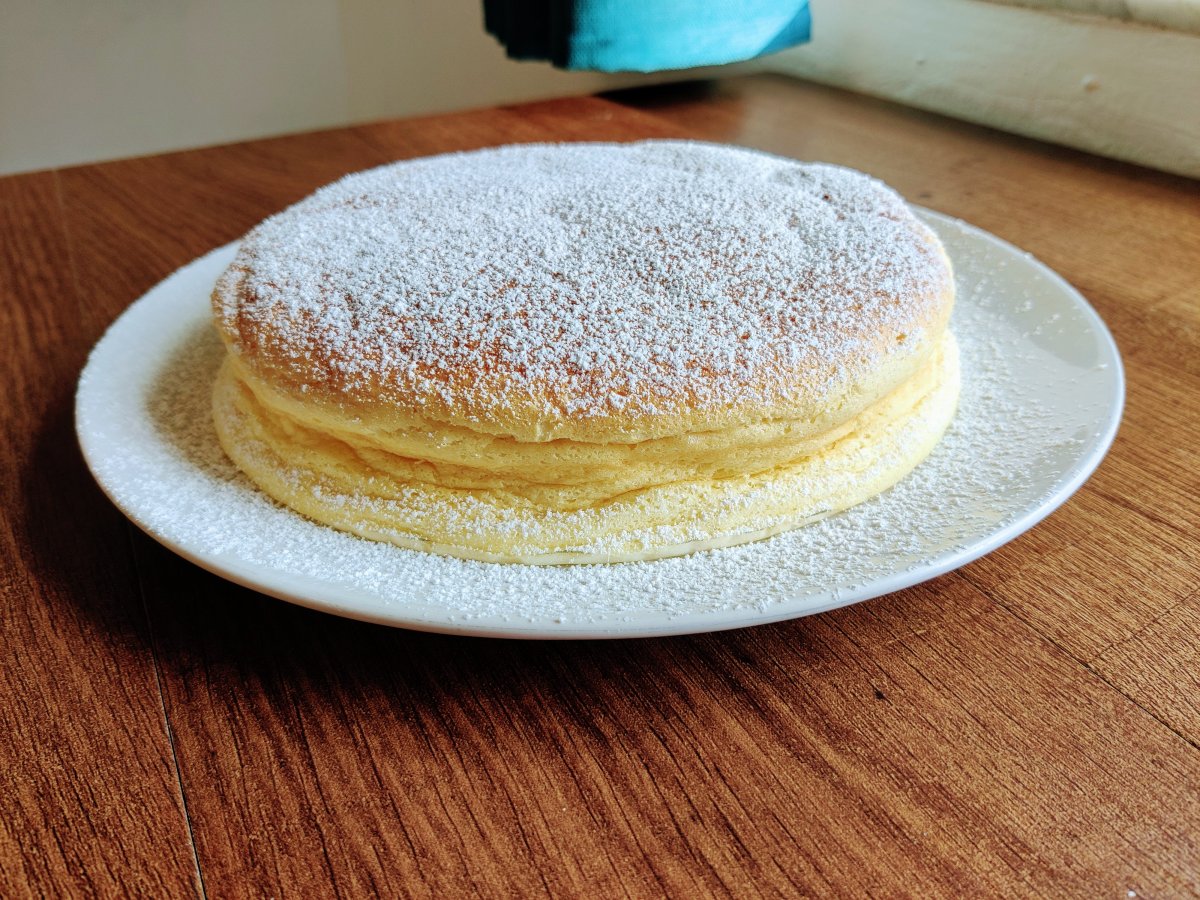
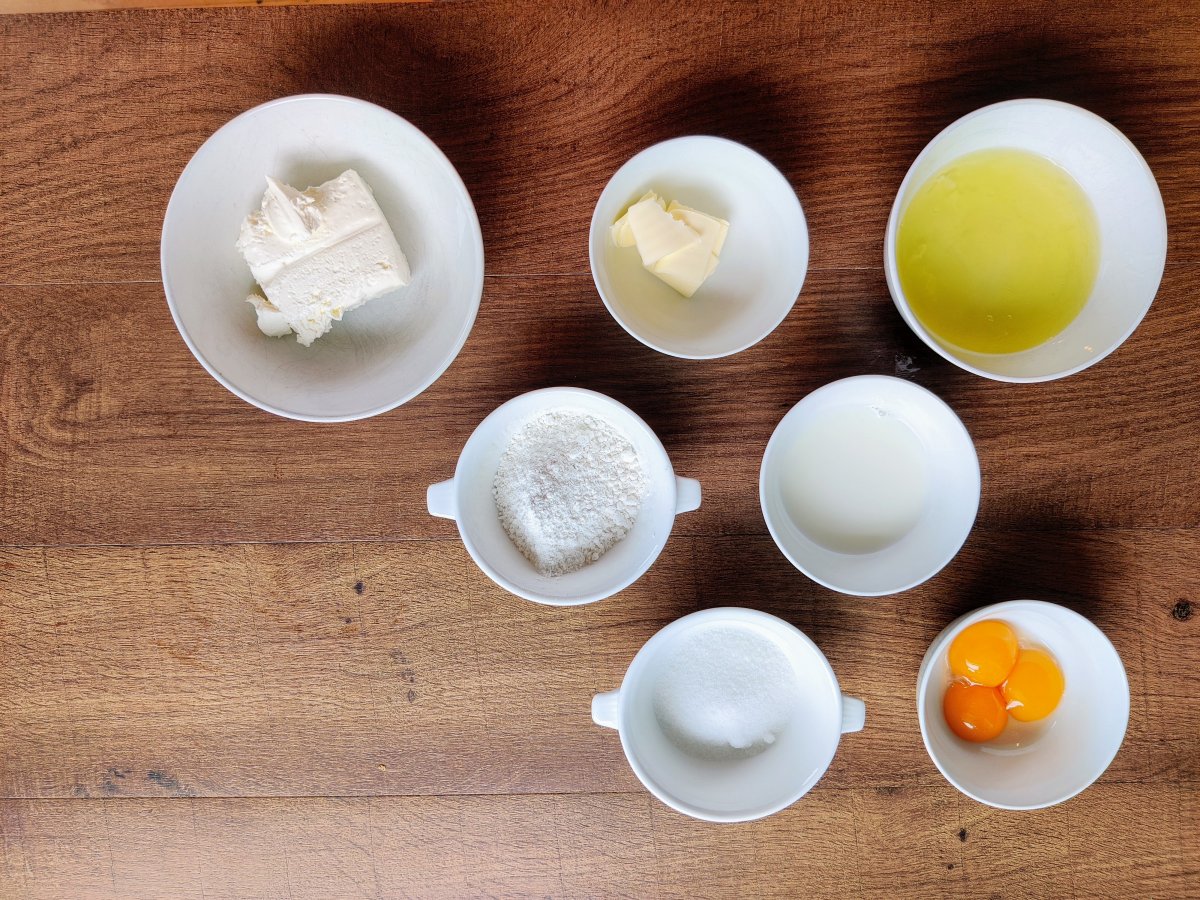
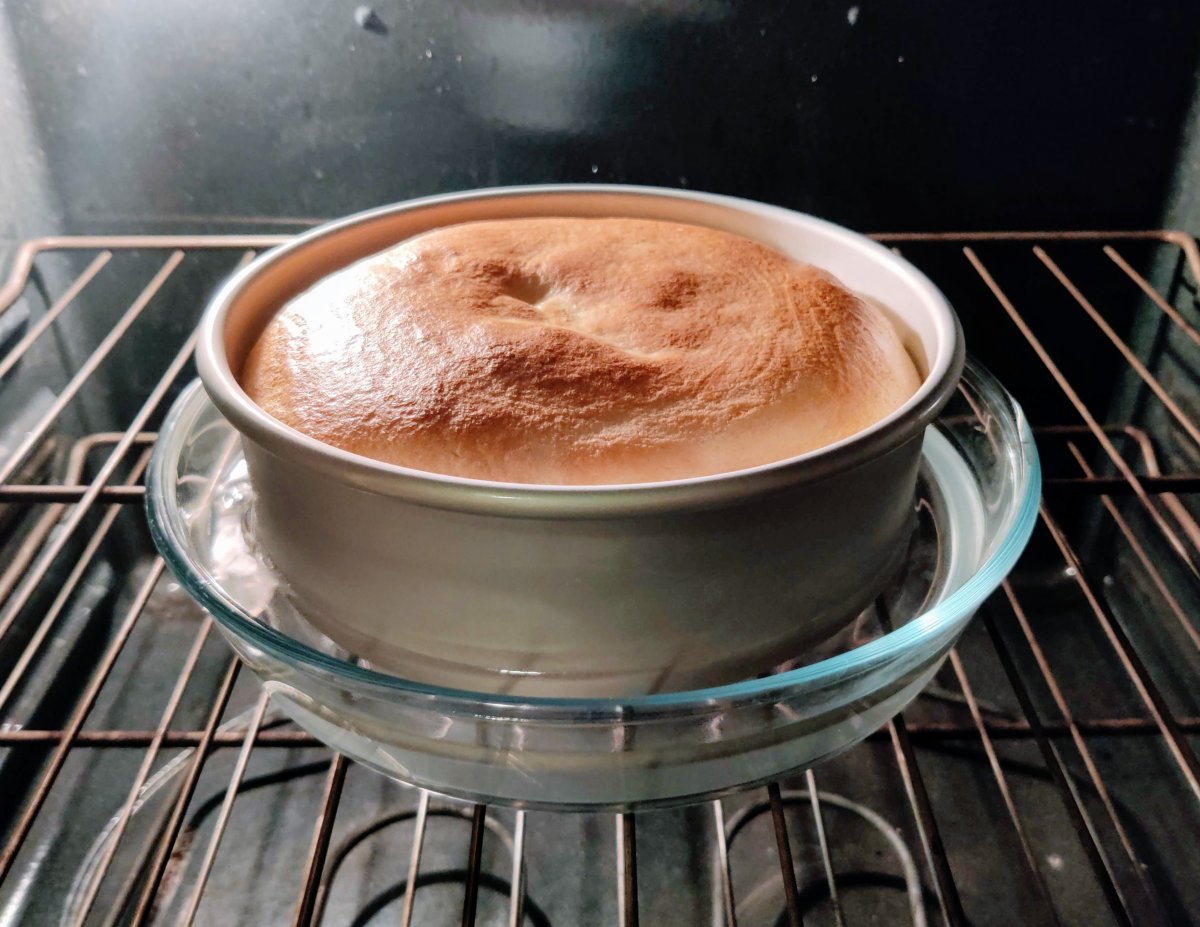
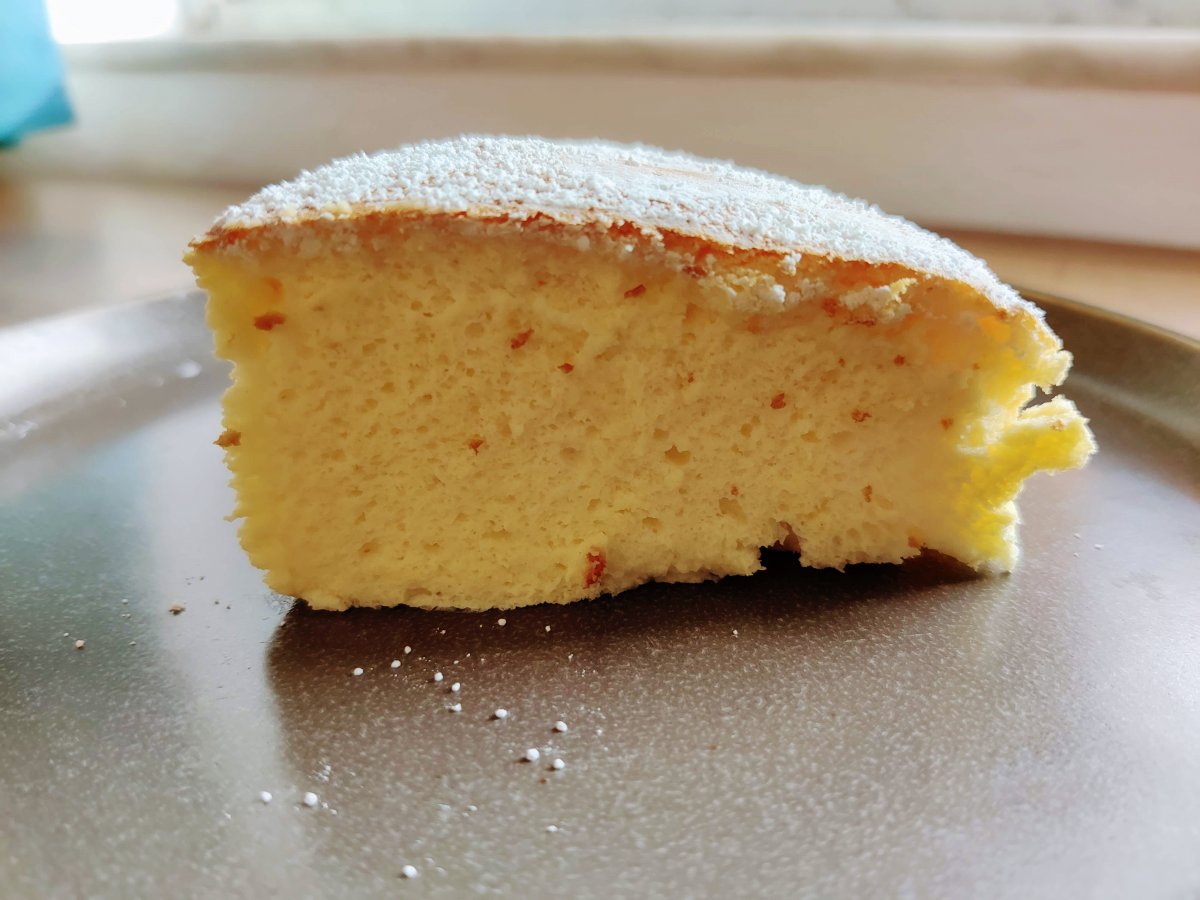
 Like
Like